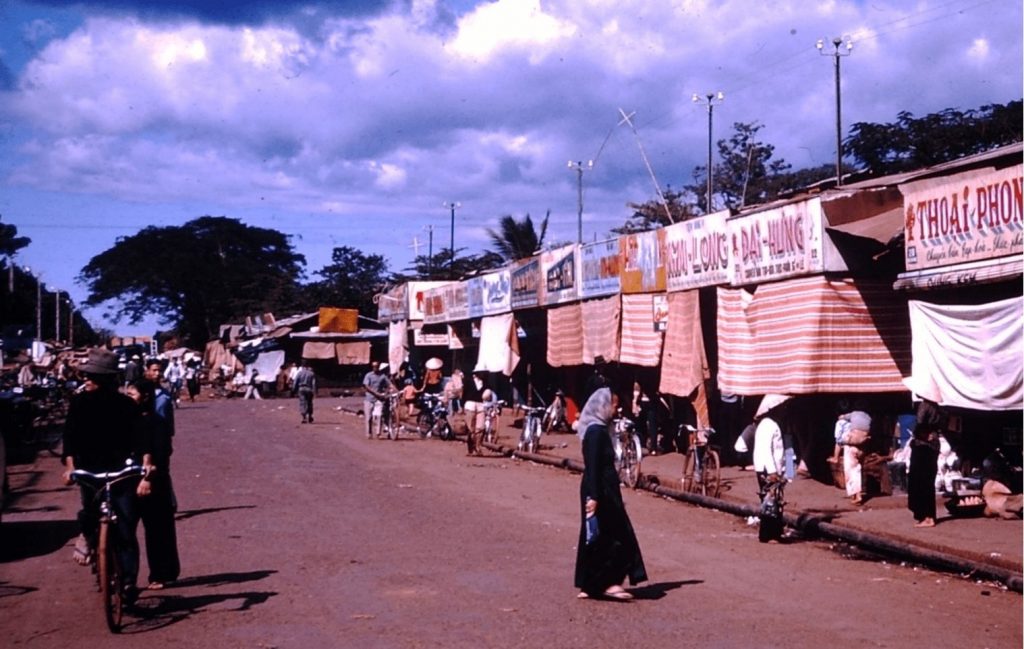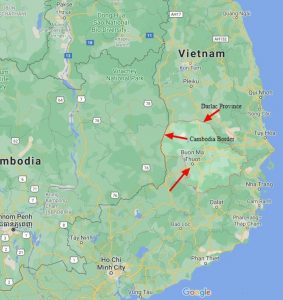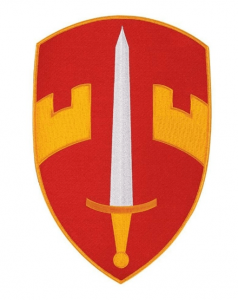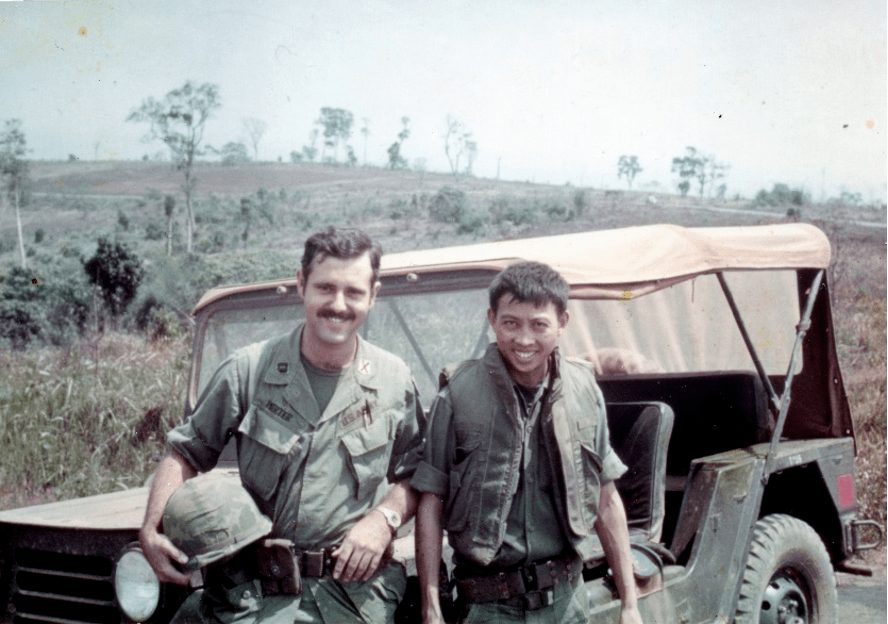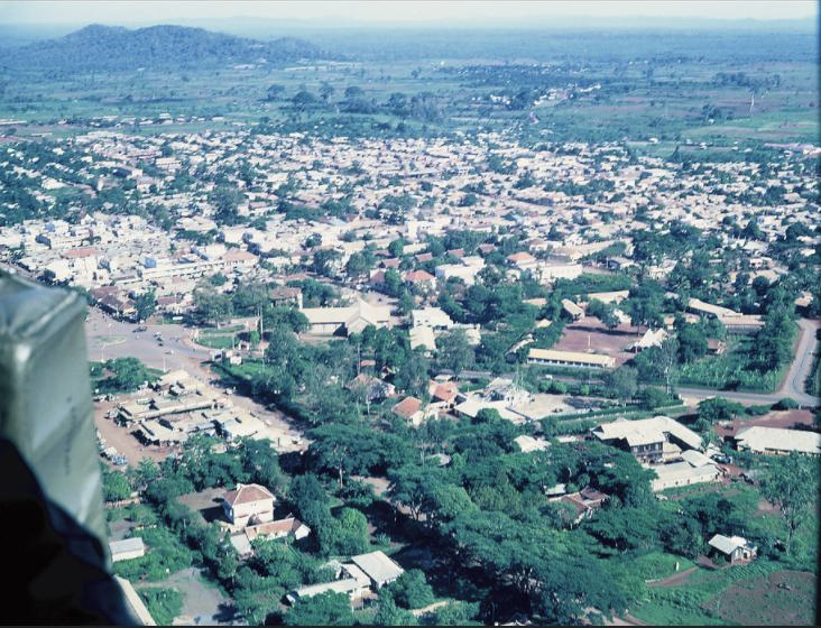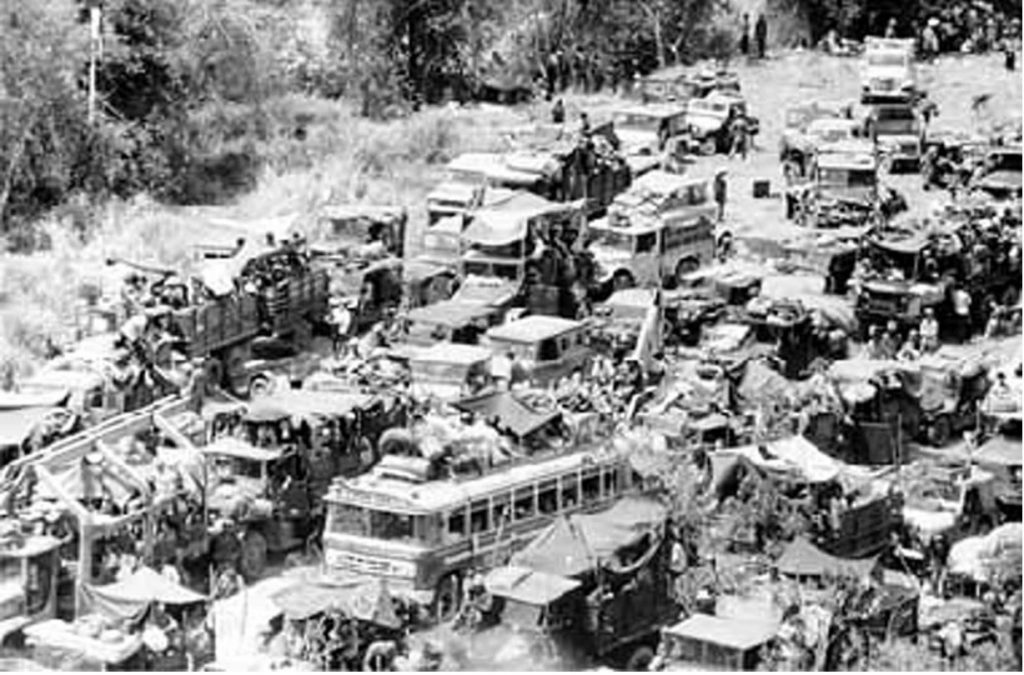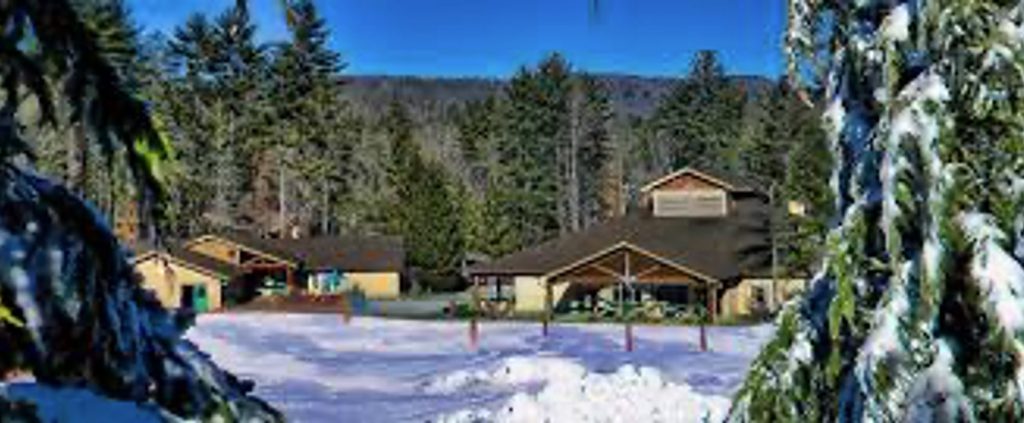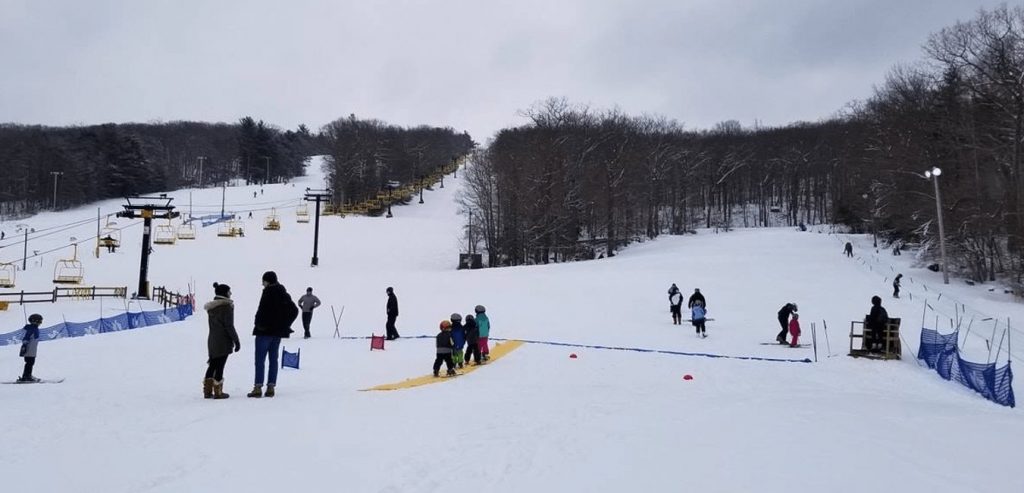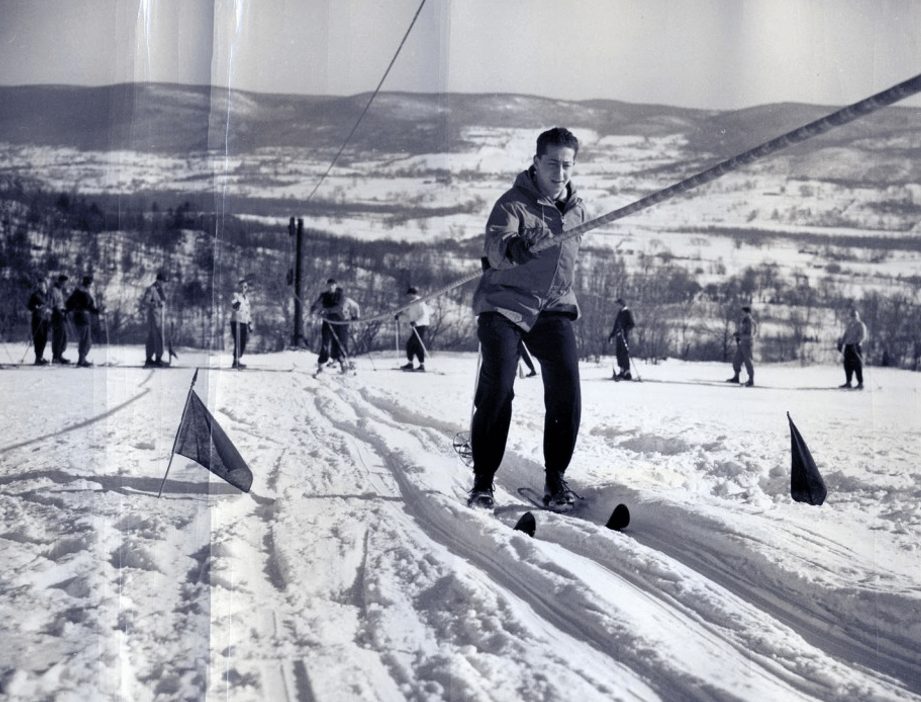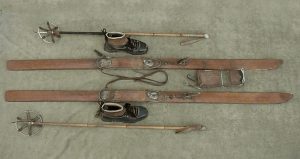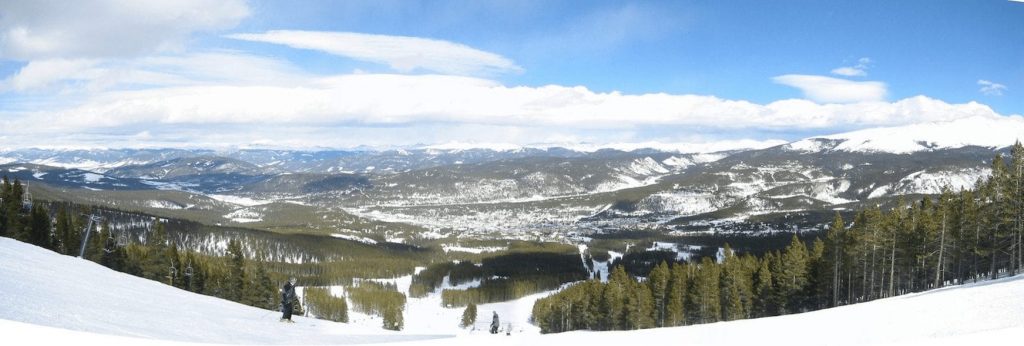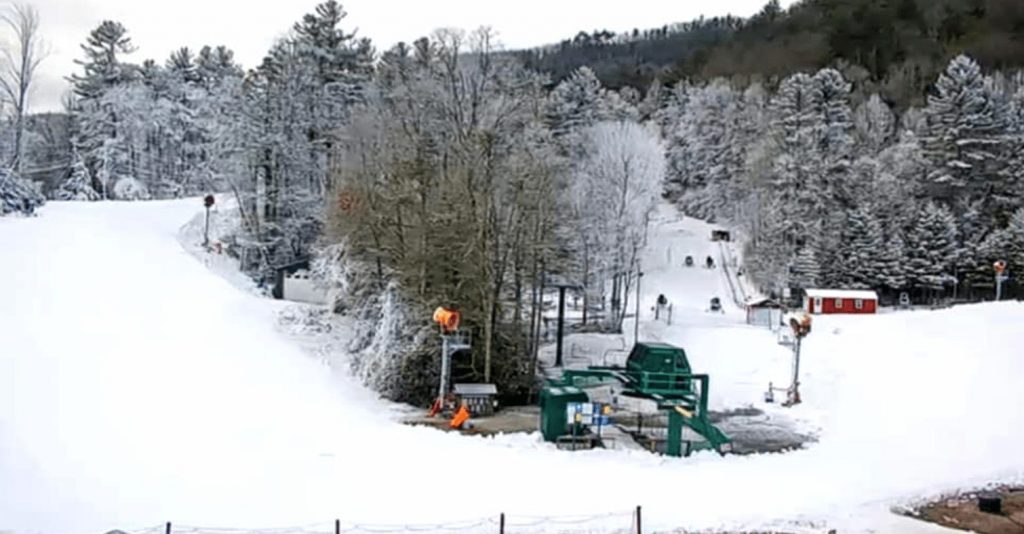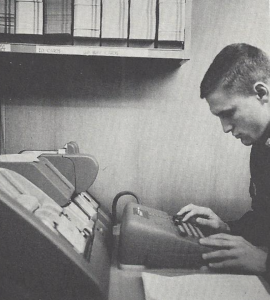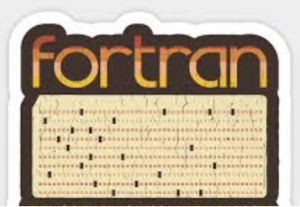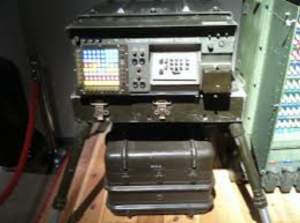I first became a TDF author after the 2019 reunion. It was quite by coincidence that while standing in some sort of signup line at the reunion, standing right behind me in line was a lady I didn’t know, nor her role regarding TDF. We chatted briefly and she encouraged me to submit an article for the TDF website. After the reunion, her encouragement at the reunion was in the back of my mind, but it took until late 2019 for me to finally decide to write and submit an article.
Reading the TDF articles illuminates well the great breadth of variety in the life events, experiences and accomplishments of classmates after graduation. Some of the Authors I knew well during cadet years, others somewhat, and some not at all. Yet, with each story, I am intrigued to learn what each of us has done, experienced or dealt with. I feel each story colors in a bit more of the author’s personality/character, both for those I knew as well as those I did not know. The cumulative collection of TDF stories provides a rich legacy of the post-graduation lives of the USMA Class of 1969. This repository furthers not only our classmates knowledge of each other, but may be of historical interest to future generations.
A final comment – I and Frank Finch are the only two TDF authors of our Cadet Company (C1). So, I encourage all C1ers reading this – consider writing an article for TDF and sharing with the class something about your experiences in the last 55 years!

